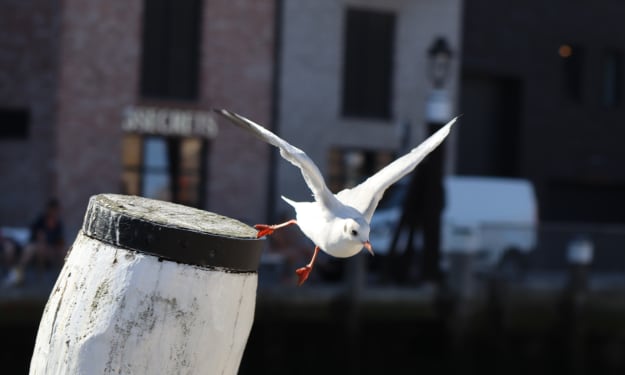
Nothing beats the power of a stunning landscape photograph to transport us to another world for a brief moment. This is why the degree to which we choose to infuse our imaginations with nature's true scene in our photography is a matter of personal preference.
Landscape photography depicts the world's spaces, which can be vast and infinite at times, but also microscopic at others. These images immerse the viewer in the scenery and perfectly capture the setting, mood, and feeling of the location.
When you first import raw landscape photos, they can appear flat and lifeless. As a result, if you fail to post-process your images, they will never reach their full potential.
Here is a list of the best landscape photography tips and editing tricks to help you show what you saw and felt while shooting.
1. Make the colors stand out
Color can be used in landscaping to set a mood, highlight important areas, unify the overall design, complement the colors of other plants, and much more.
Warm colors, for example, can elicit excitement and energy. Plant cooler colors behind warm ones to create the illusion of depth in your landscape.
You can also add color to the sunset and sunrise scenes. This technique works best when there is already some color in the sky that you can enhance.
2. Shoot in RAW
RAW captures far more image information than JPEG, allowing you to capture more detail and a wider dynamic range from your camera sensor. Thus, the purpose of raw image formats is to save data obtained from sensors with minimal information loss.
Furthermore, RAW files are unprocessed and have more color data to work with during the editing process.
However, when it comes to adjusting the framing and composition of your images in RAW, you'll have fewer options, so make sure you get those right while shooting.
3. Add the Orton effect
The Orton Effect is a common technique used on landscape photos that can give your images a soothing, ethereal glow that is ideal for projecting a specific mood.
The Orton Effect is a simple way to add some zing to your landscape photography by adding a stunning whimsical glow to the image.
This effect works especially well with light and shiny objects, such as clouds or glares on rocks.
4. Change the aspect
Because nature is a diverse and varied place, it is unrealistic to expect your camera's native aspect ratio to suit every scene you photograph. This is why, when working with raw files, changing the aspect is frequently a necessary step.
The best aspect ratio to use for your landscape photos is determined by the composition. Your image's shape should complement the composition and keep the viewer's attention in the frame.
You might find yourself favoring one aspect ratio over another. Alternatively, you can change the aspect ratio for each scene.
5. Get rid of chromatic aberrations
When a lens is unable to properly refract all wavelengths of color at the same point it results in a chromatic aberration.
Chromatic aberrations may not be obvious at first glance, but if you view your files at 100%, it will become clear.
It's a fairly common issue in photography that affects almost all lenses, though higher-quality lenses will exhibit less chromatic aberration than lower-quality lenses. Fortunately, the software makes it a simple fix.
6. Adjust white balance
Cameras are pre-programmed with a variety of presets that simulate common light types. However, it is far from perfect. By adjusting the white balance, you can neutralize color casts caused by different light sources.
However, using the incorrect settings can exacerbate the situation, so it's critical to understand which settings to use when.
The way you adjust the White Balance depends on the camera you're using. Each brand and model has its own approach. Most cameras have a WB button or a WB setting that can be accessed through the shooting information menu.
Final word
Landscape editing is another form of art and another way for photographers to express themselves. A fine line exists between editing and overcooking a photograph. You should be critical of yourself and your work at all times.
I hope you found these editing techniques in this article useful.
About the Creator
Isabella
Content Writer






Comments
There are no comments for this story
Be the first to respond and start the conversation.